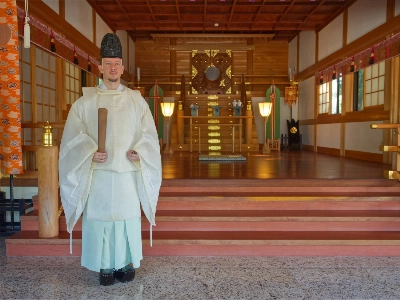The education ministry conducted a survey in 2014 of institutes of higher learning and found that the average yearly tuition for private universities was ¥864,384. In addition, the average "entry fee" (nyūgakukin) was ¥261,089. Adding other expenses, the ministry estimated it cost a student ¥1.43 million to attend a private university during his or her freshman year, and that doesn't include living costs. For junior colleges, the amount wasn't much less, about ¥1.26 million. Graduate students paid about ¥1.09 million during their first year of study.
Tuition continues to rise while the number of students falls. Forty years ago, average tuition for a year of private university was ¥180,000. It broke the ¥500,000 ceiling in 1987, and went over ¥800,000 in 2002. However, entry fees have been dropping since 1999, reflecting greater competition for fewer bodies.
These tendencies have produced a problem that is not unusual in the developed world but which is pronounced in Japan due to the way education is paid for: student loan debt. According to the Japan Student Services Organization (JASSO), the "independent administrative institution" affiliated with the education ministry that administers "scholarship loan programs," ¥1.1 trillion was available in fiscal 2015 for loans to post-high school students, of whom 1.34 million availed themselves of the funds. That means 1 out of 2.6 people attending universities, colleges and vocational schools borrowed money from the government.



















With your current subscription plan you can comment on stories. However, before writing your first comment, please create a display name in the Profile section of your subscriber account page.